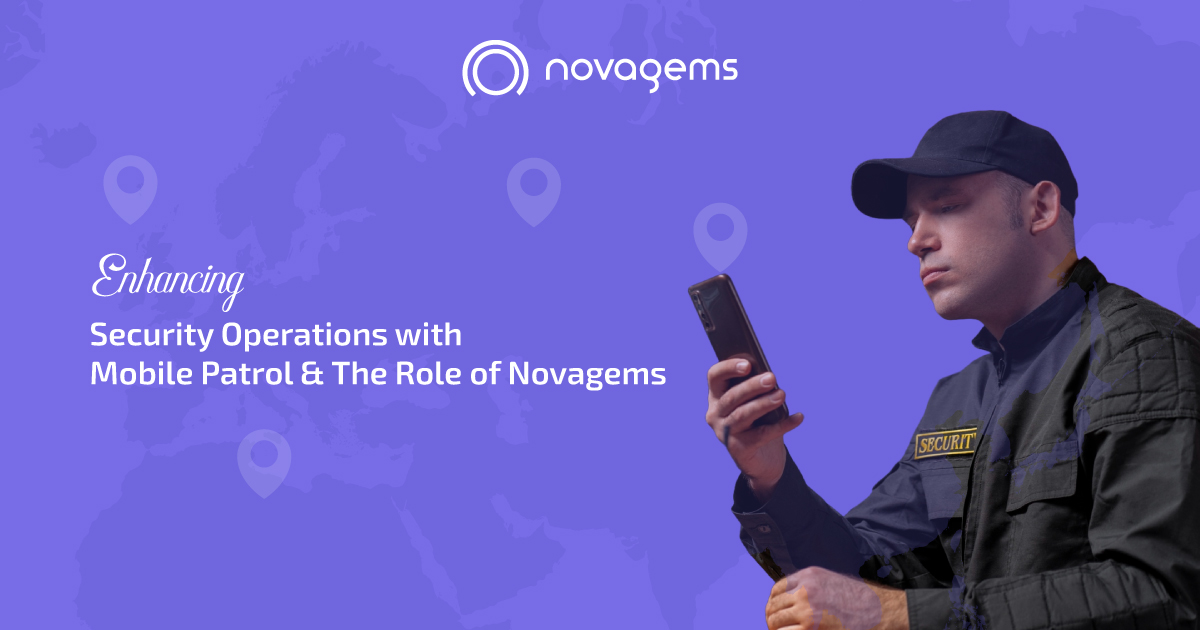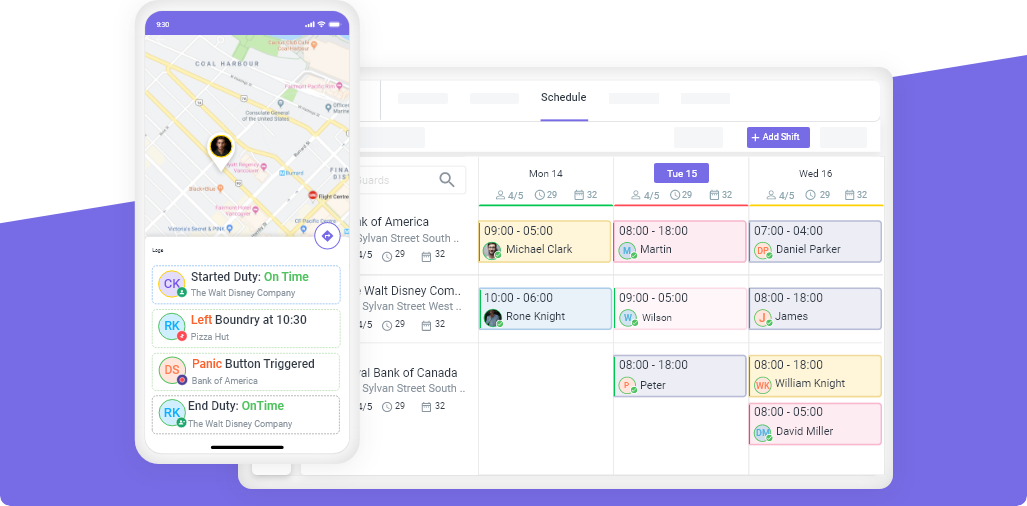4 Practical Tips For Establishing A Non-Toxic Work Environment
Tue, Jul 4, 2023
Read in 8 minutes
Looking for ways to create a safe and healthy workplace? Check out our blog post for 4 practical tips to establish a non-toxic work environment. Learn how to promote physical and mental well-being, reduce stress, and increase productivity. Start creating a better work environment today!

Key Takeaways
- A non-toxic work environment reduces turnover, boosts engagement, and improves mental well-being.
- Key steps include ensuring emotional & physical safety, distributing workload fairly, enforcing a code of conduct, and recognizing employees.
Poor culture has hard costs: U.S. businesses have lost over $223 billion over five years due to turnover caused by toxic workplaces. (SHRM) - To sustain a positive environment, embed these practices in policy, leadership behavior, feedback loops, and supportive systems (e.g., software, training).
If you often notice your employees leaving their jobs after a short period of joining, there are chances that your organization has a toxic work environment.
Now, you might deny it altogether. However, often we do not pay attention to the big or small factors that collectively lead to a toxic work environment. If it is beyond your comprehension why your office is a negative space for your employees, let us explain some factors. The below-mentioned factors are the most common culprits of a toxic work environment:
- Lack of recognition and appreciation
- Bullying, bias, favoritism, or groupism
- Fear-based leadership
- Destructive criticism
- Unhealthy competition
Why a Non-Toxic Workplace Is More Than Just Nice to Have
Before diving into tips, it helps to understand why this matters:
- Statistics speak loudly:
• Nearly 75% of workers say they have worked in a toxic environment at some point. (Staffing Industry Analysts)
• Poor culture has cost U.S. companies over $223 billion in turnover over the past five years. (SHRM) - Talent retention & recruitment: Employees are more likely to leave because of poor culture than compensation or role.
- Mental and physical health: Toxic pressure, stress, bullying can lead to burnout, absenteeism, health claims.
- Productivity & engagement: Safe, respectful environments enable collaboration, creativity, loyalty.
- Reputation & brand risk: Word spreads quickly—clients, candidates, and public perception factor culture into decisions.
So, these changes aren’t “soft” or optional — they’re part of sustaining a viable organization.
Besides the list we shared above, many other factors lead to the toxicity of the workplace, leading to unsatisfied and unhappy employees. The adverse effects of a toxic work environment range from increased employee turnover to recurrent lawsuits. So, employers should be aware of the situation and create a positive work environment. Don’t worry! We will help you with some tips:
-
Make Your Employees Feel Safe
If your employees do not feel safe at the workplace, they will not work with you for a long time. If the situation persists, your employee turnover rate will skyrocket.
However, there are different ways to look at the word ‘safe’ in the case of office space. For businesses like construction, security, etc., the context can be more in physical terms. The employers, in these cases, look after the physical safety of the employees with real-time GPS tracking, fast responses, and alerts. But in other businesses with office jobs, the context is more in the mental terms.
Yet, an employer needs to ensure both - the physical and mental safety of the employees, regardless of the business. An employer should make the workplace:
- Safe from physical danger of any kind
- Safe from bullying and mockery
- Safe from bias, favoritism, discrimination, etc.
- Safe from sexual harassment and misbehavior
- Safe for the employees to initiate an action
- Safe for the employees to discuss their ideas and opinions
- Safe for the employees to learn
There are many ways to make the workplace safe for the employees. Once they feel safe, they will be comfortable. And once they are comfortable, they can work well.
Employees must feel safe — not just physically, but psychologically.
- Zero tolerance for harassment, favoritism, discrimination, or bullying. Set up formal policies, reporting lines, and follow-through.
- Open communication & safe feedback channels. Employees should feel they can speak up without fear of retaliation.
- Training for leadership & all staff on empathetic communication, conflict resolution, bias awareness.
- Physical safety protocols (especially for field / guard / cleaning staff): safe equipment, protective gear, safe work systems, injury reporting.
- Respect confidentiality and protect whistleblowers.
By building psychological safety, you reduce fear, conflict, and disengagement.
-
Avoid Burdening Employees in Other’s Absence
Employee absenteeism is common. However, burdening one employee due to the absence of the other is wrong. It is acceptable during peak business time. However, if it becomes common practice, your employees will gradually become unhappy and frustrated.
Overloading a few employees when others are absent or less busy breeds resentment, burnout, and turnover.
- Implement transparent absence / backup systems. Use attendance tracking, shift planning software, cross-training to cover gaps.
- Rotate assignments equitably. Avoid permanent “heavy” workloads on a few staffers.
- Monitor stress & overtime. Flag repeated overloads and adjust staffing or processes.
- Allow flexible scheduling / shift swapping where feasible to help staff manage life demands.
Fair workload management shows respect for employees’ limits and supports well-being.
So, it becomes the responsibility of the managers and leaders to manage employee absenteeism effectively. You can track the attendance of the employees. It will help you know who is absent on a given day. You can then adjust the duty of that employee by either distributing the work among other employees or managing the shift timings. Make sure you do not burden one or two employees whenever someone is absent from the team.
-
Set a Code of Conduct and Live By It
An organization’s code of conduct is something that every employee has to follow without fail. Once you establish such a set of rules, it becomes the responsibility of the employees to follow them.
A code of conduct sets shared expectations. But enforcement and consistency matter.
- Create written, localized code of conduct — respect, inclusion, no retaliation, behavior standards.
- Leadership must model the code, not just mandate it. Culture flows top-down.
- Consequences & accountability. Violations should be handled transparently and fairly.
- Ongoing awareness & training, refreshers, scenario-based coaching.
- Tie conduct expectations to performance reviews.
All the employees who fail to follow the code of conduct should have to bear penalties. It will help you effectively implement the protocols and ensure discipline. So, there is no room for the employees to misbehave or work as they wish. They need to follow the code of conduct and maintain the decorum of the workplace.
-
Value and Appreciate Your Employees
One of the biggest reasons employees do not feel satisfied at work is the lack of appreciation. You have hired the employees based on their qualifications, skill sets, and talents. Now, once they start working, do not ignore their efforts. Not all employees indeed work the best. However, whenever they achieve something extraordinary, you should remind them that you value their presence.
Feeling invisible or undervalued accelerates cultural decline.
- Regular, genuine recognition. Public acknowledgment, milestone celebrations, small rewards.
- Link recognition to specific achievements or behaviors. This gives meaning, not just generic praise.
- Solicit and act on feedback. Show employees their voice matters.
- Client praise sharing. For cleaning or security firms, share positive client reviews with staff as affirmation.
Small, consistent gestures go a long way.
If not the achievements, you can celebrate their work anniversaries or send them birthday wishes. These small gestures make the employees feel like a celebrated part of the organization. This can be easily achieved with a software where centralized data is stored
5. Transparent Leadership & Communication
Toxicity often arises from secrecy, surprise changes, or one-sided decisions.
- Communicate vision, strategy, changes, and rationale. Don’t surprise teams — explain why changes happen.
- Inclusive decision-making. Involve frontline staff in policy, process, shift designs.
- Frequent check-ins — team meetings, skip-level meetings, 1:1s.
- Feedback loops and pulse surveys — short surveys or suggestion channels to detect issues early.
- Open door culture — approachable leadership that listens and follows up.
Transparency builds trust, reduces rumor, and improves alignment.
6. Continuous Wellbeing Support & Mental Health Awareness
Toxicity often manifests through stress, burnout, or silence.
- Offer mental health support, EAP (employee assistance programs), counseling access, stress management workshops.
- Train managers to spot signs of distress, intervene early.
- Design policies around rest, leave, boundary setting — discourage after-hours work, respect off-time.
- Promote holistic wellness — physical activity, breaks, ergonomic setups, breathable work environments.
- Use data / feedback to flag high stress areas and intervene.
These supports signal that you value people, not just output.
How to Put It Into Practice: Steps & Implementation
- Audit your culture and pain points
Use surveys, interviews, exit feedback to identify where toxicity shows (turnover, complaints, conflict). - Leadership commitment & training
Leaders must adopt and model change. Provide coaching on emotional intelligence, conflict resolution, inclusive leadership. - Draft or update policies
Code of conduct, anti-harassment, feedback mechanisms, workload guidelines, mental health policies. - Roll out training & awareness
All-staff sessions on respectful behavior, reporting, bystander intervention, inclusive language. - Embed recognition systems
Monthly awards, shout-outs, peer nominations — build consistent recognition rituals. - Add feedback & pulse tools
Short weekly or monthly surveys, suggestion boxes, skip-level check-ins. - Monitor & intervene early
Track turnover, absenteeism, complaints, survey signals, performance dips.
When patterns emerge (e.g. one team chronically overloaded or disengaged), intervene before escape escalates. - Iterate & adapt
Culture change is not “done once.” Reassess, refine, update policies, evolve as teams grow or change.
Optional: Use supportive systems / software
Tools (like shift management, anonymous feedback platforms, employee recognition apps) help operationalize fairness and transparency — especially in larger teams across sites.
For businesses like security services, cleaning services, etc., you can ask your clients to give your cleaners or guards their reviews. One good review from the clients can substantially boost an employee’s confidence.
Conclusion
The ways we mentioned above can ensure employee satisfaction by promoting a positive and non-toxic work environment. For more such tips, contact Novagems.
Frequently Asked Questions
What is a “non-toxic workplace” exactly?
It’s an environment where staff feel safe (physically, emotionally), respected, free to speak, fairly treated, and supported — not plagued by fear, bias, overwork, or retaliation.
How long does it take to see change?
Cultural shifts often take months to years. You can see early signs (reduced complaints, better engagement scores, lower turnover) in 3–6 months if changes are consistent.
What if some employees resist change?
Use communication, coaching, feedback, and consistently enforce the code of conduct. Sometimes individual change is hard — aim for gradual culture wins and build momentum.
Get a Free Trial
Sign up For Newsletter
Latest Blog Posts
Get Started
Start being productive & grow your business
with Novagems





